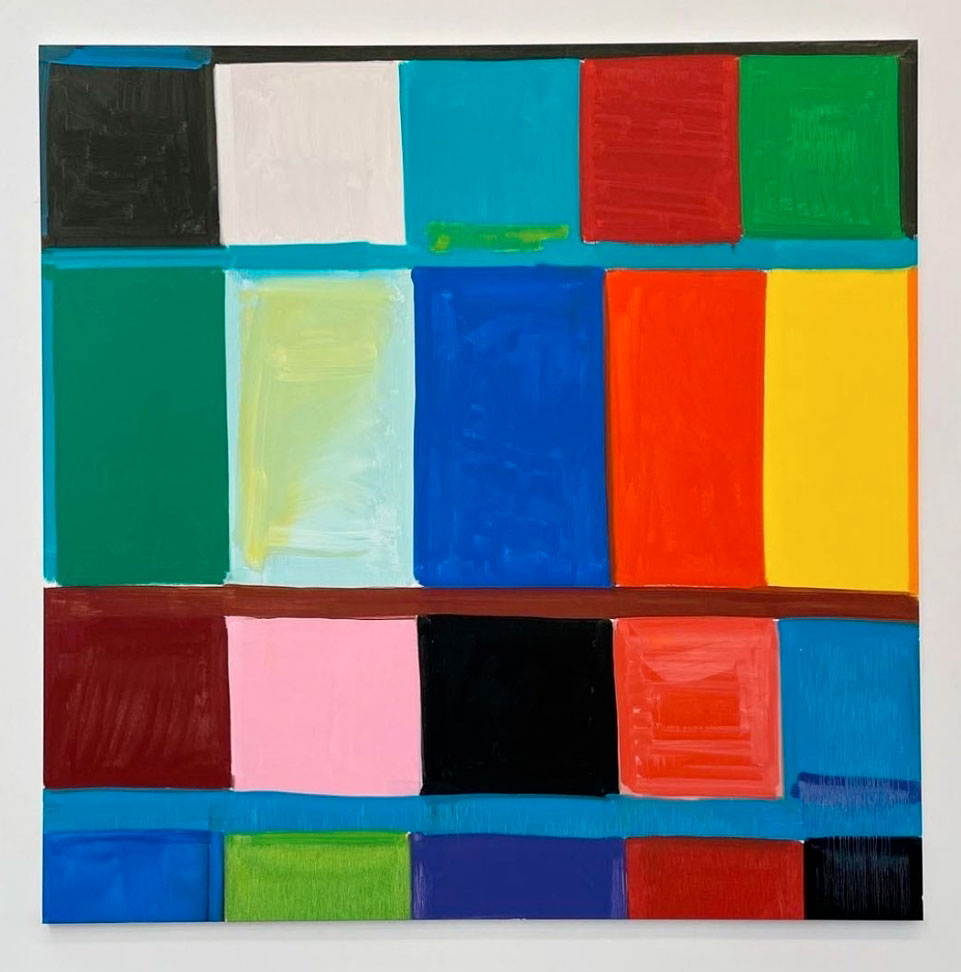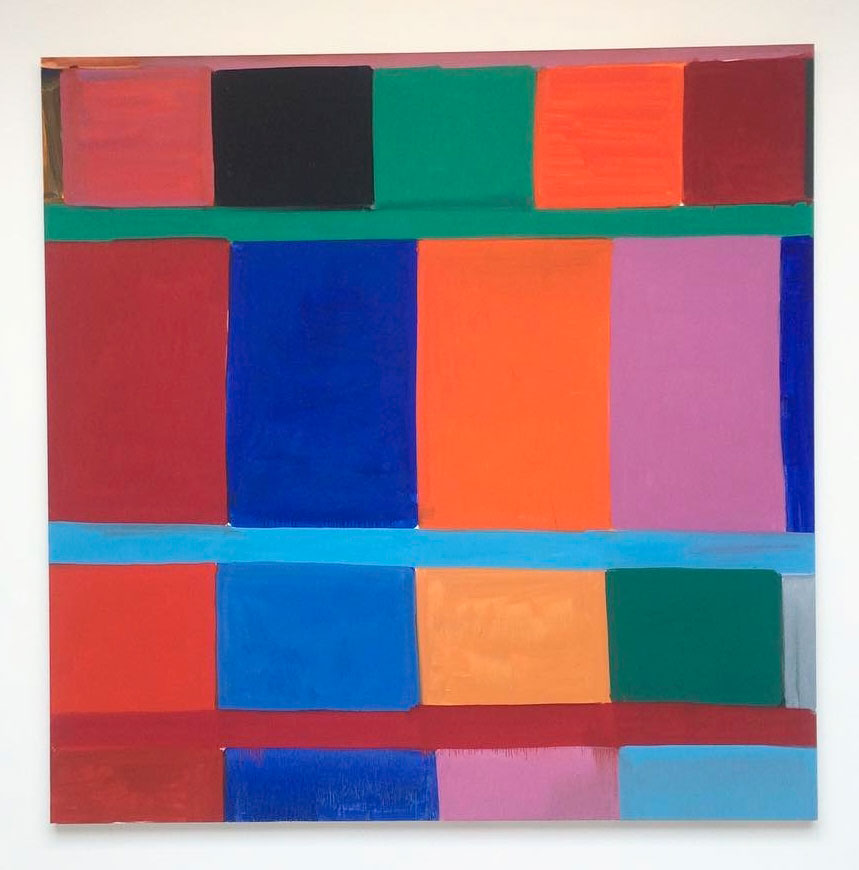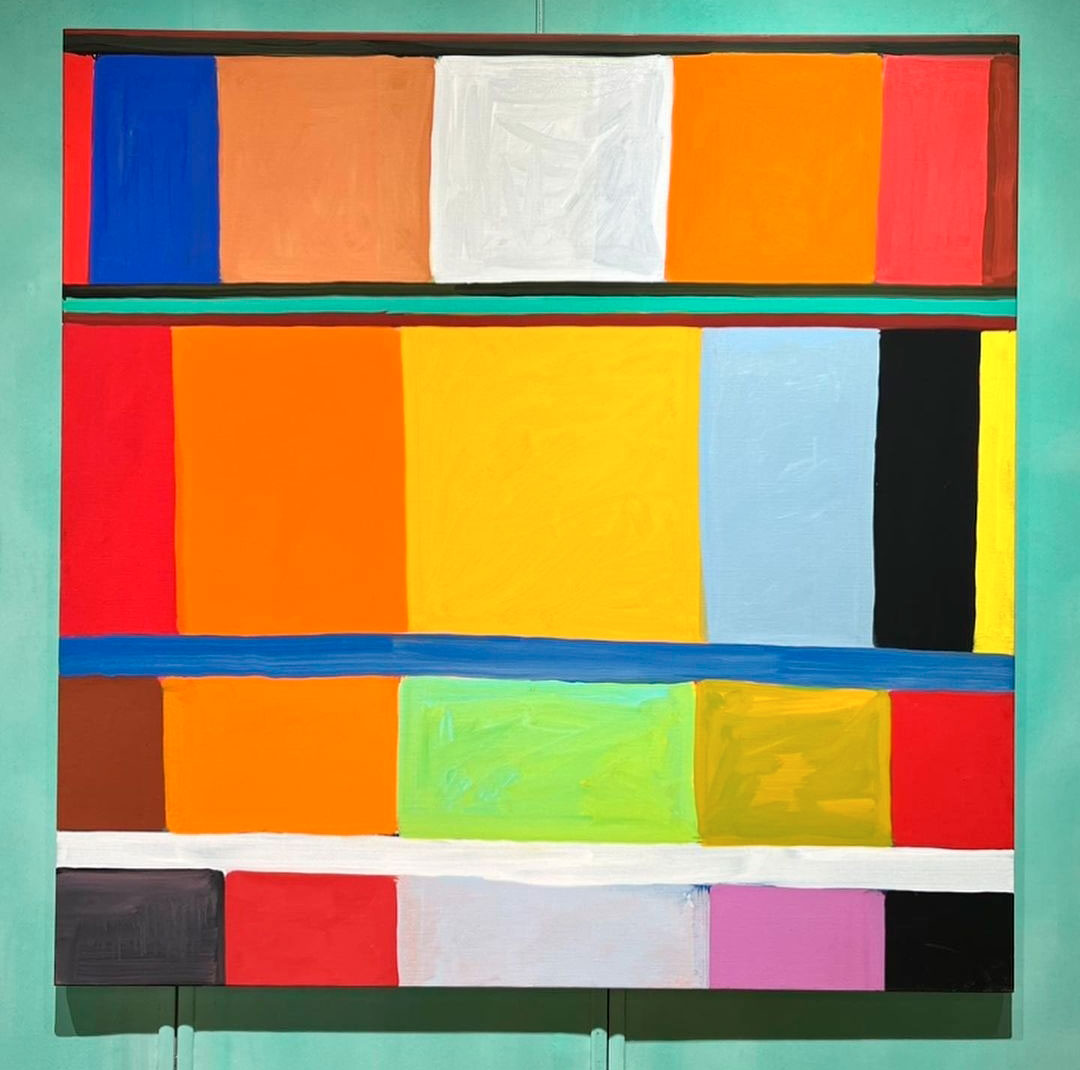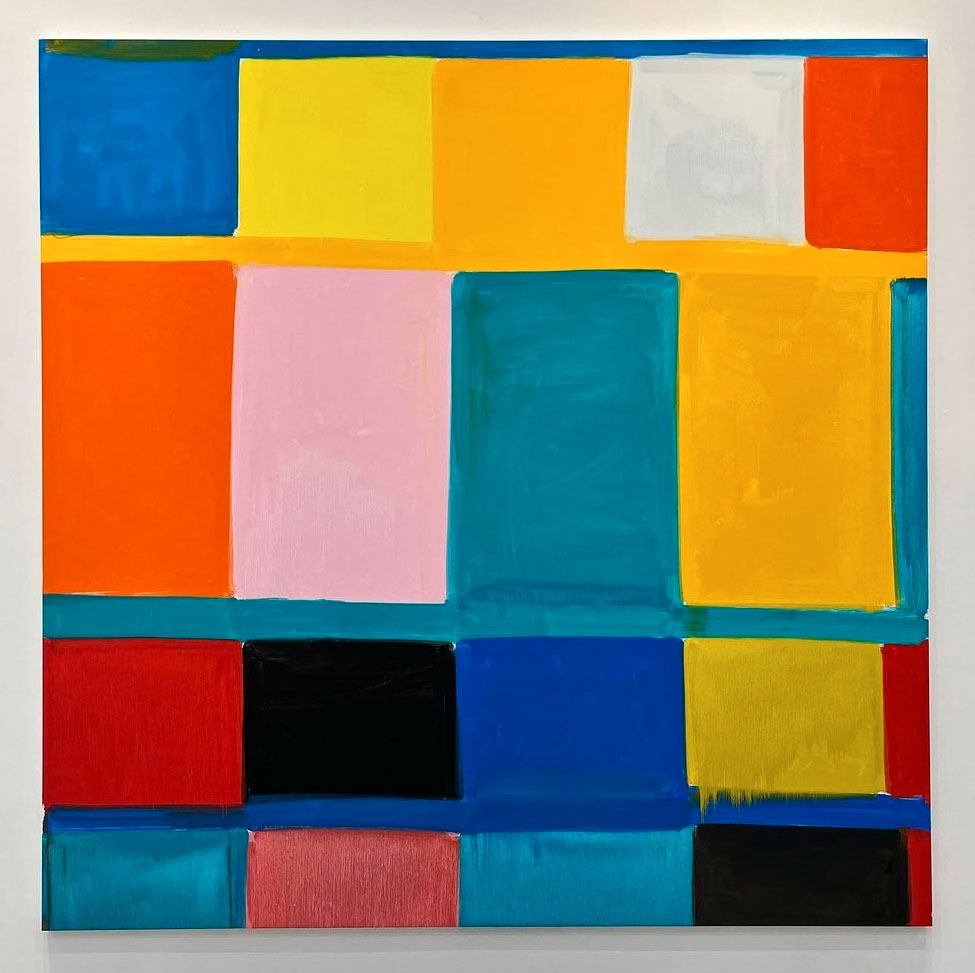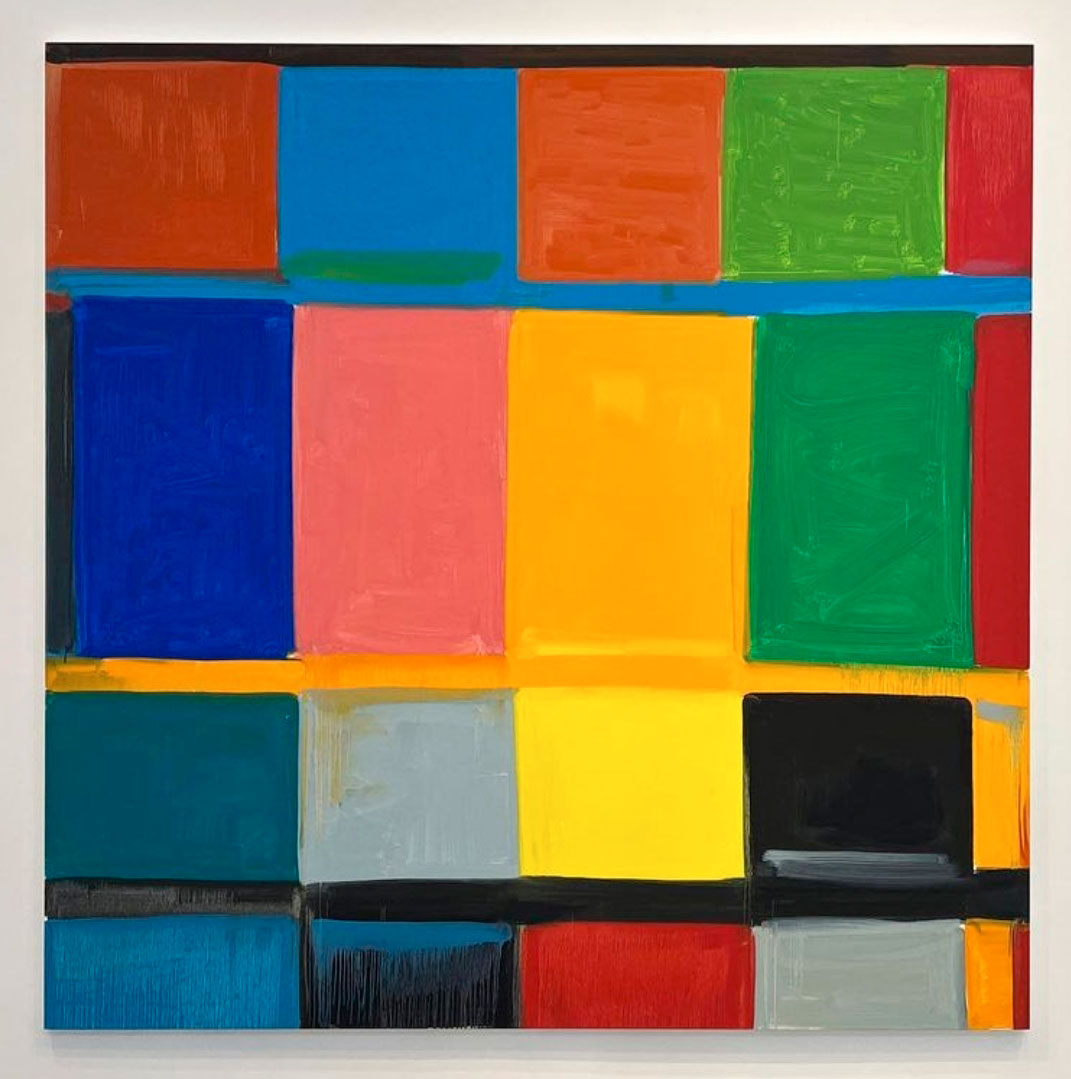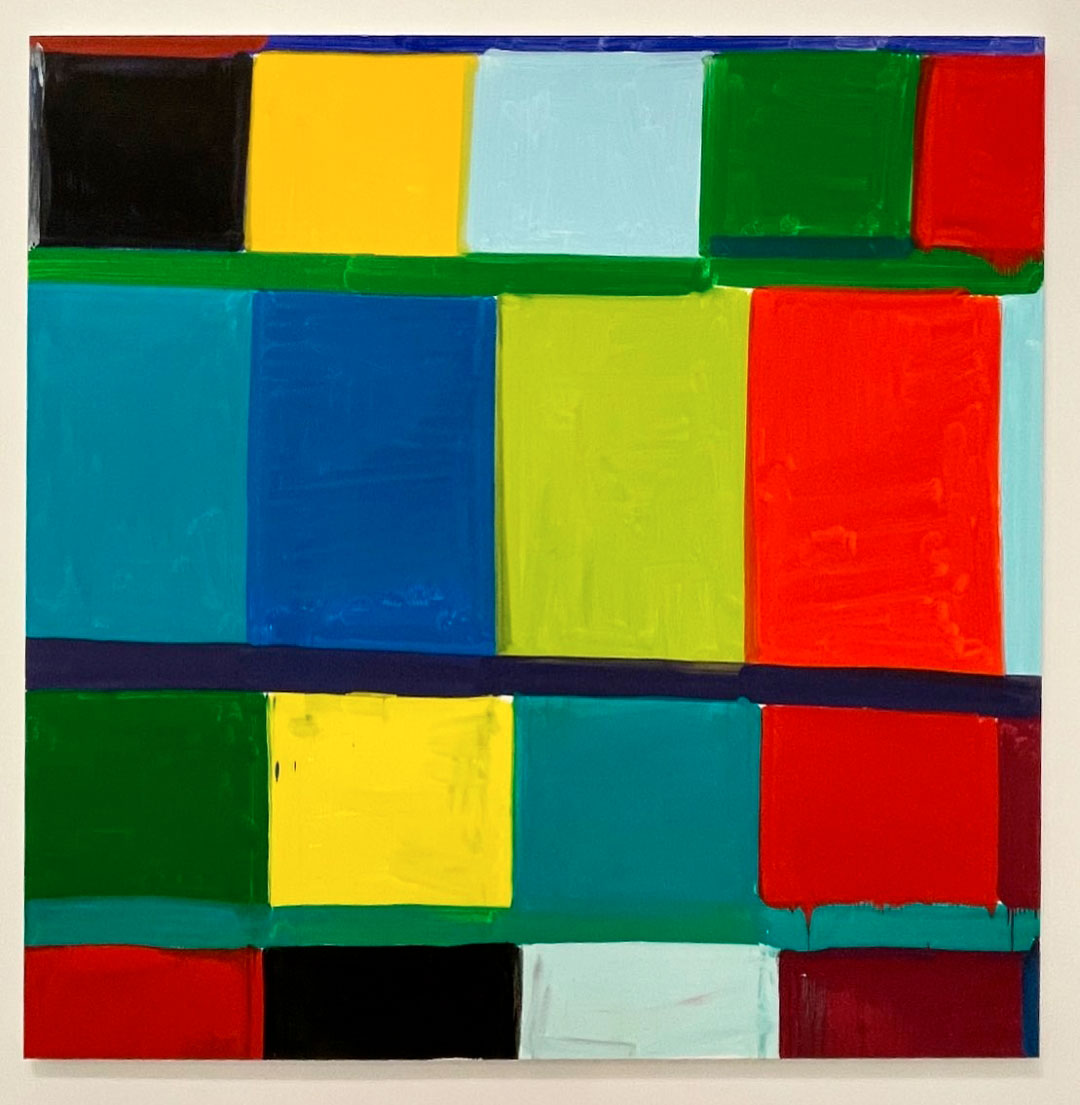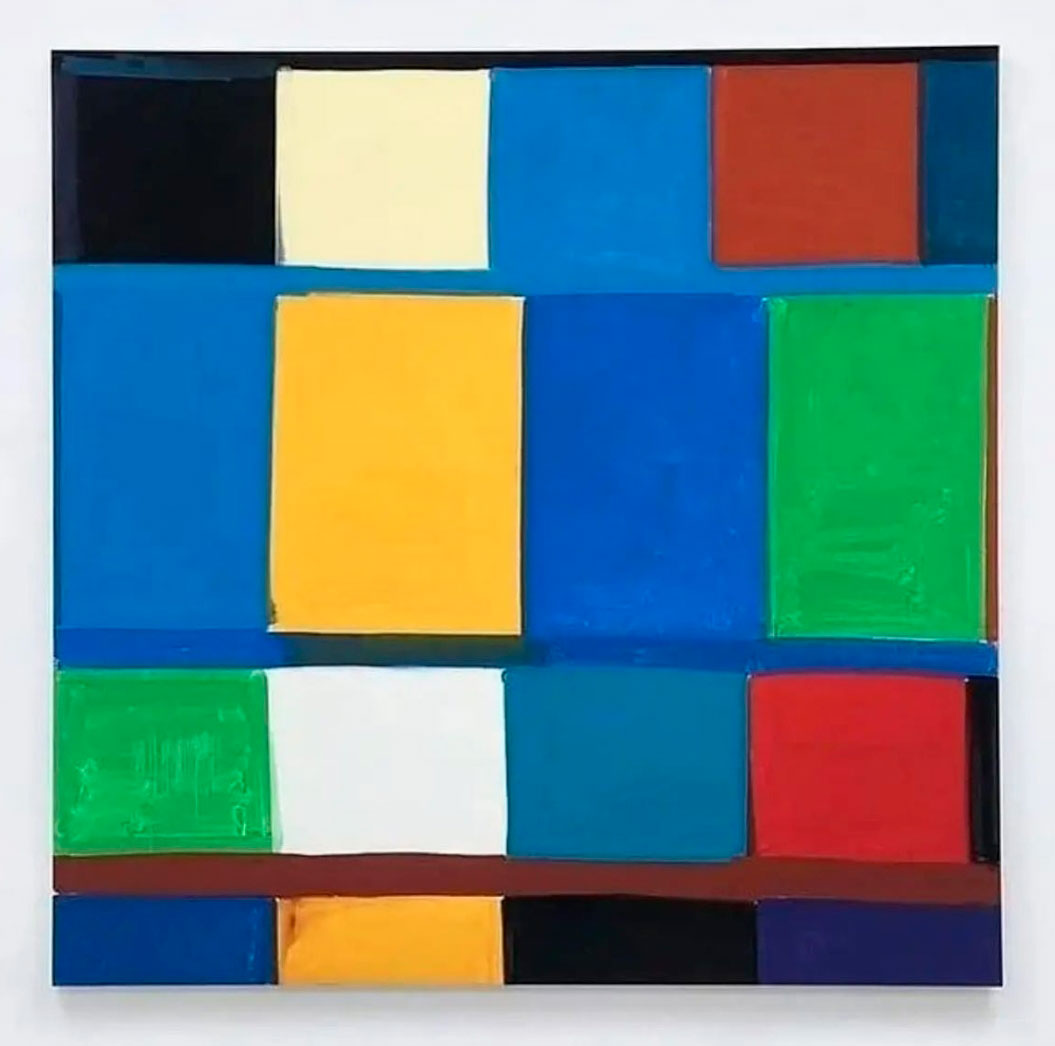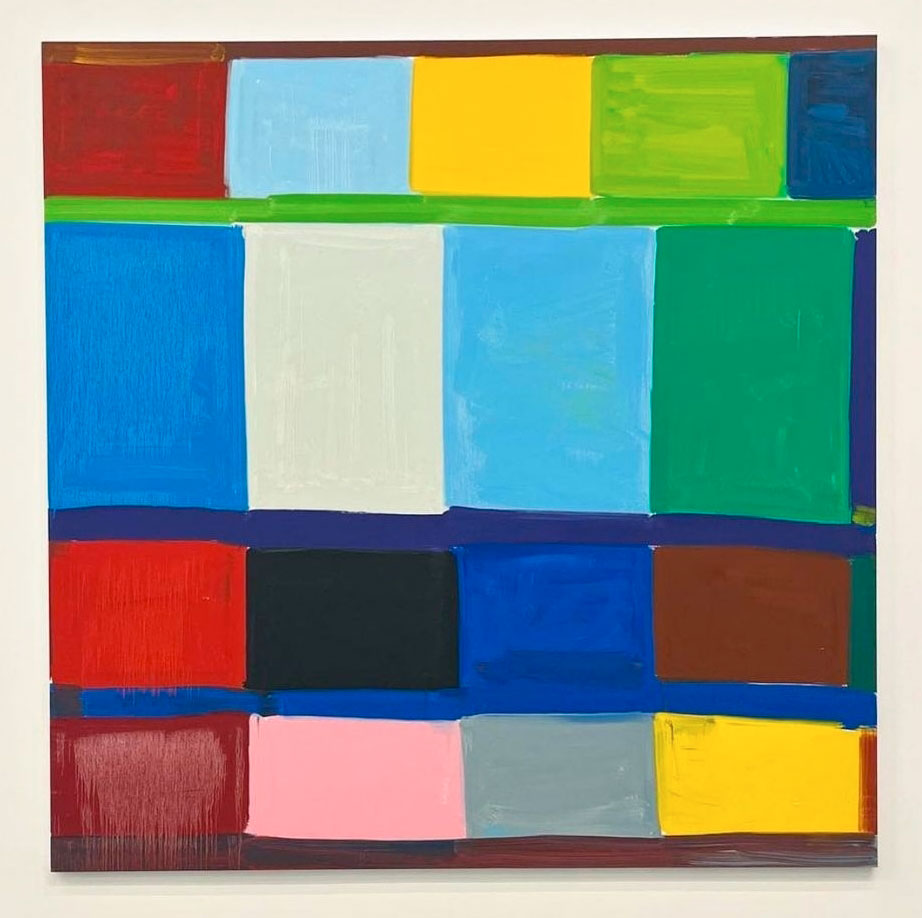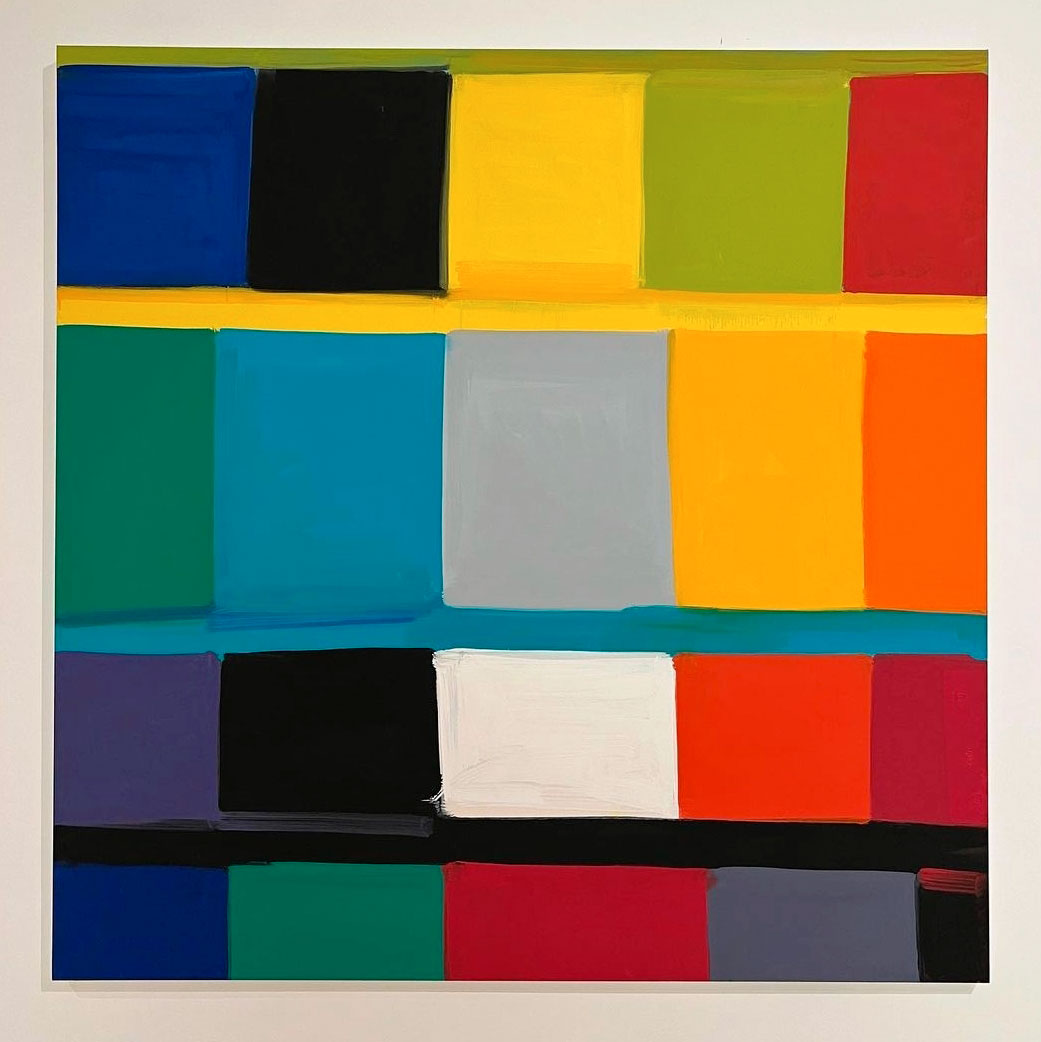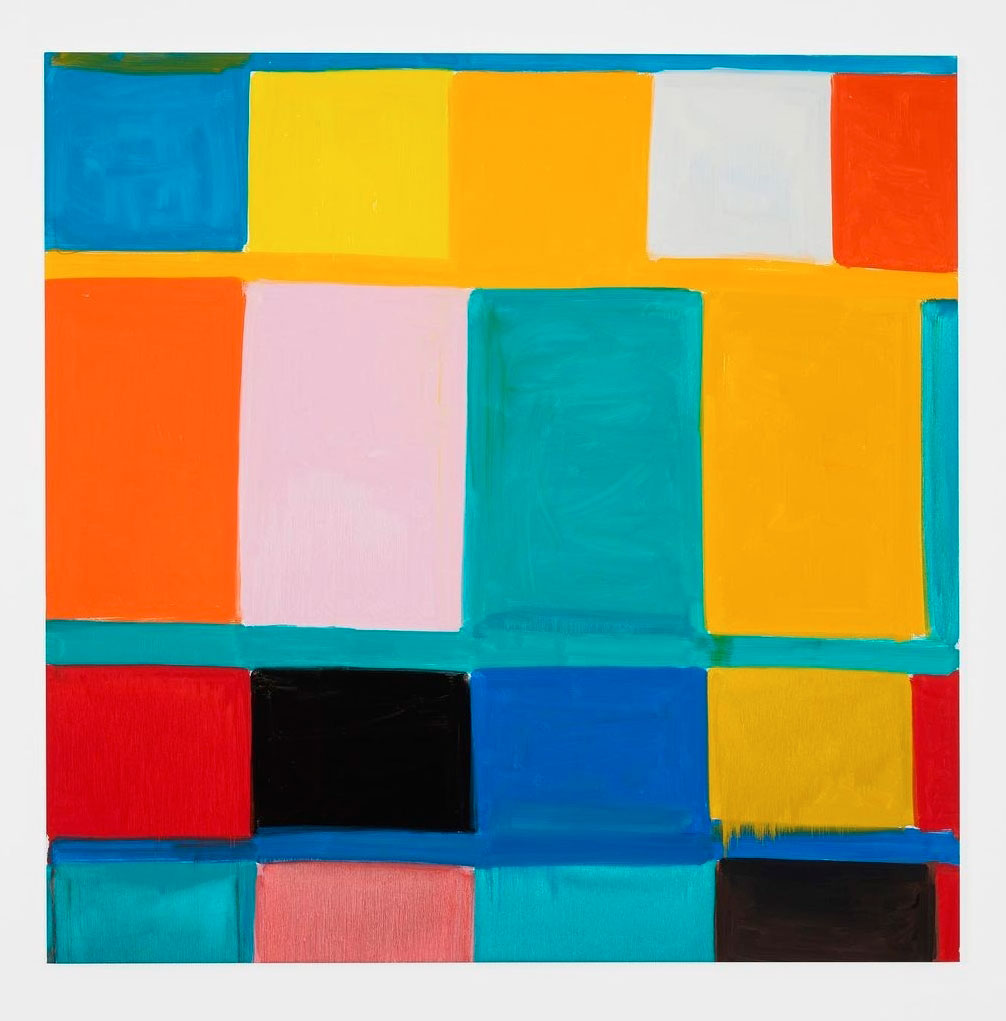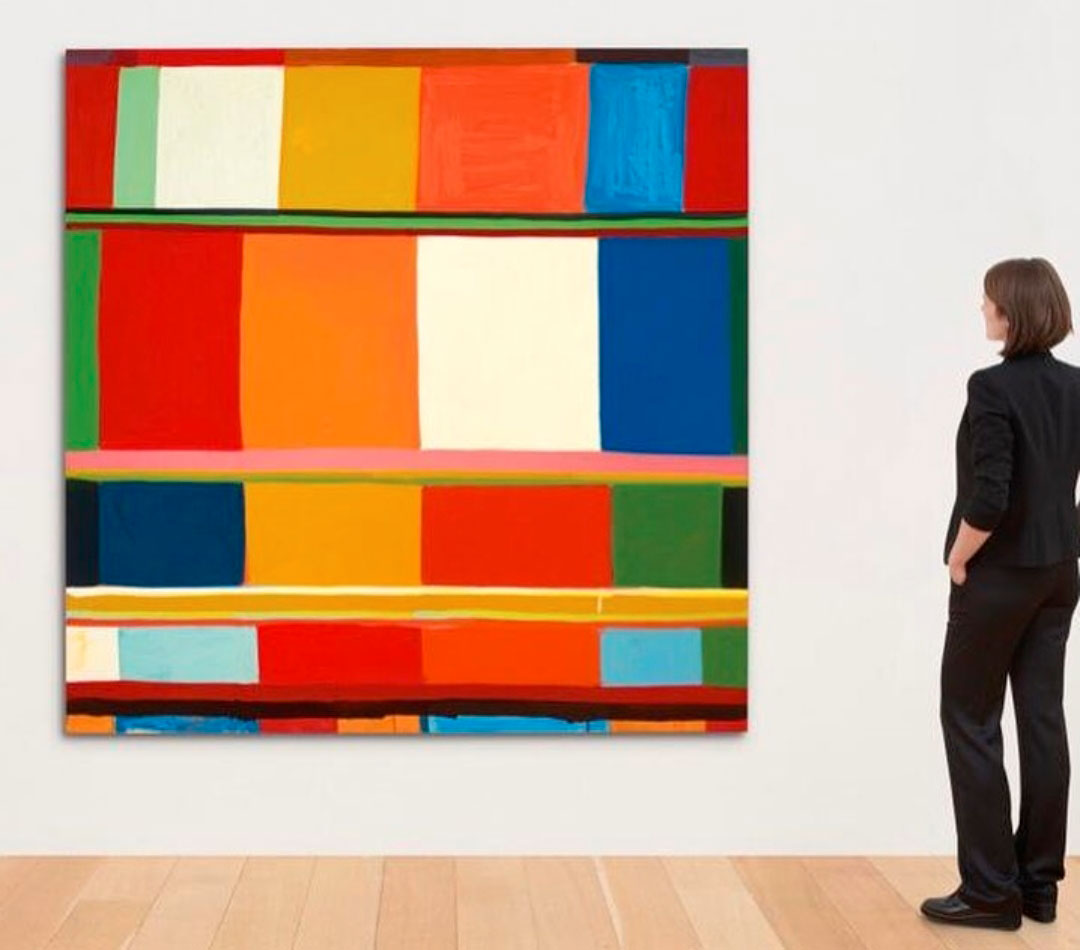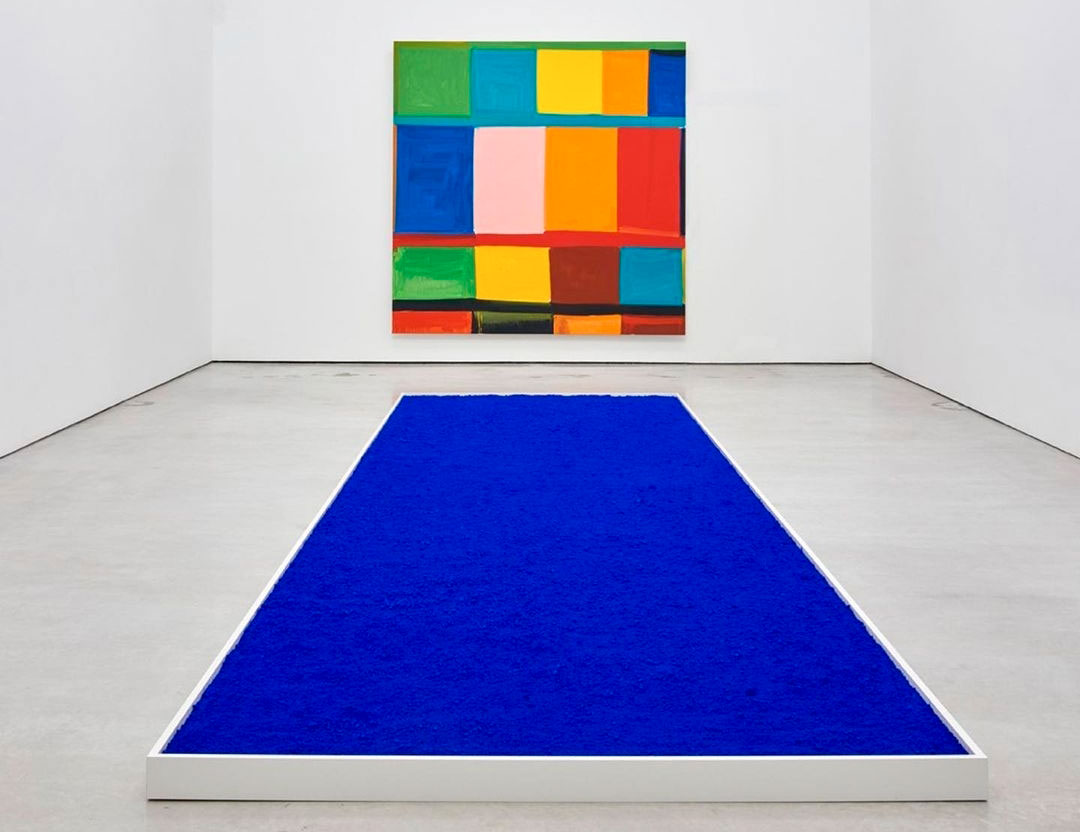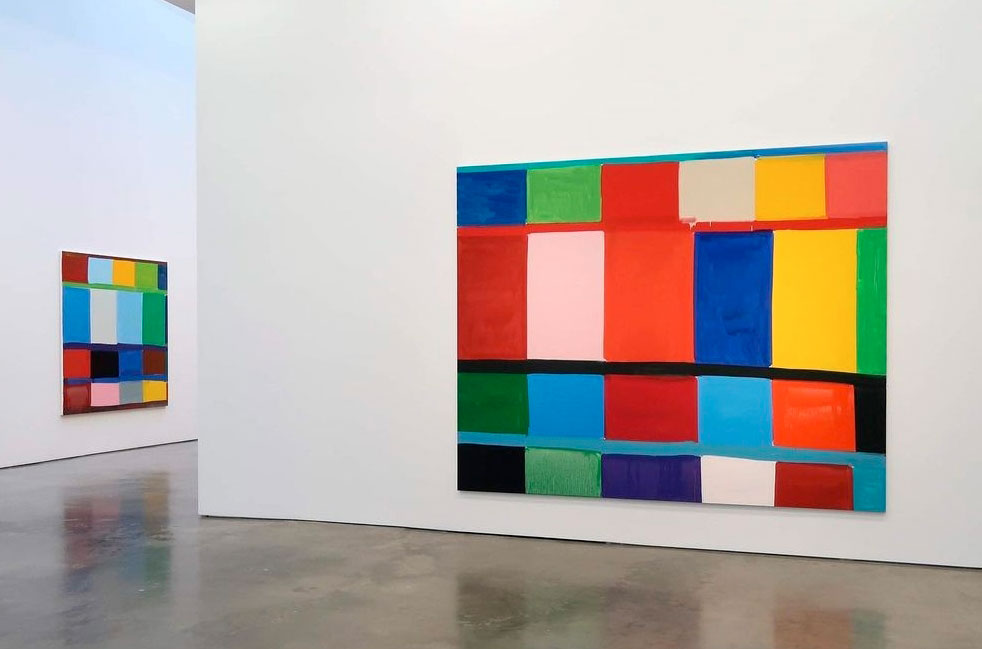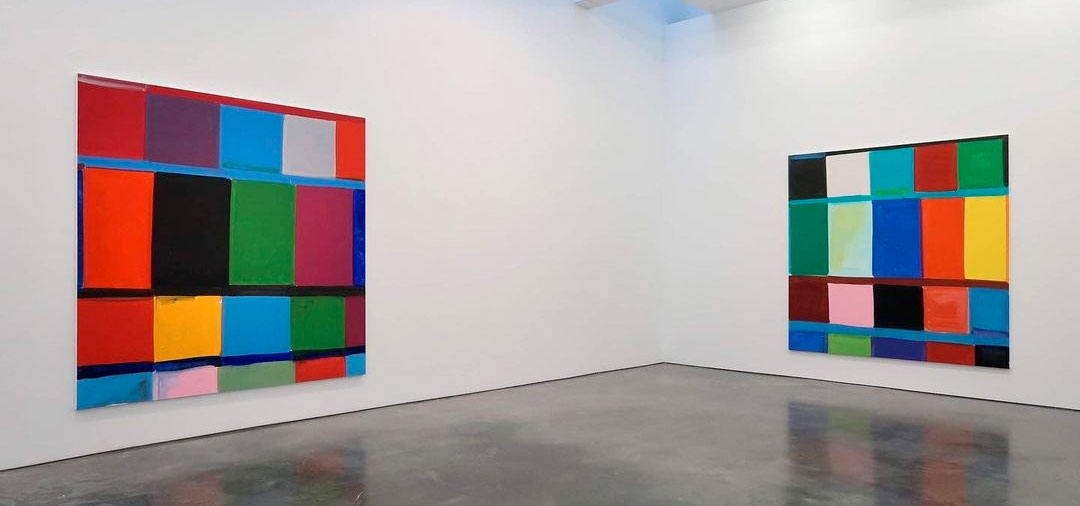RITMO, UNIFORMITÀ E VARIAZIONE
PAINTING | STANLEY WHITNEY
Fra le esposizioni collaterali alla recente Biennale di Venezia, ricordiamo quella dedicata a Stanley Whitney.
Nell’opera dell’ artista americano (ma trapiantato in Italia) il colore diventa ritmo. Egli si esprime costantemente attraverso bande geometriche e abbinamenti cromatici. Oramai le sue griglie, che ricorrono in quasi tutti i suoi lavori, sono un gesto oramai automatico e spontaneo. Nasce così uno spartito visivo in cui le tinte si susseguono in chiave intuitiva, come in un componimento della musica barocca. Al primo colpo le sue superfici appaiono razionali e schematiche, ma è il colore, in tutte le sue variazioni contrappuntistiche, a rivelare una forte gestualità.
Le opere di Whitney sono un esempio di forte identità visiva declinata in base alla variabilità della materia cromatica e della pennellata, veri elementi emozionali.
Rhythm, uniformity and variation – Among the collateral exhibitions at the recent Biennale di Venezia, we recall the one dedicated to Stanley Whitney.
In the work of the American artist (but transplanted in Italy) color becomes rhythm. He constantly expresses himself through geometric bands and color combinations. By now his grids, which recur in almost all of his works, are now an automatic and spontaneous gesture. Thus was born a visual score in which the colors follow one another in an intuitive key, as in a composition of Baroque music. At first glance, his surfaces appear rational and schematic, but it is the colour, in all its contrapuntal variations, that reveals a strong gesture.
Whitney’s works are an example of a strong visual identity declined on the basis of the variability of the chromatic material and the brushstroke, true emotional elements.

